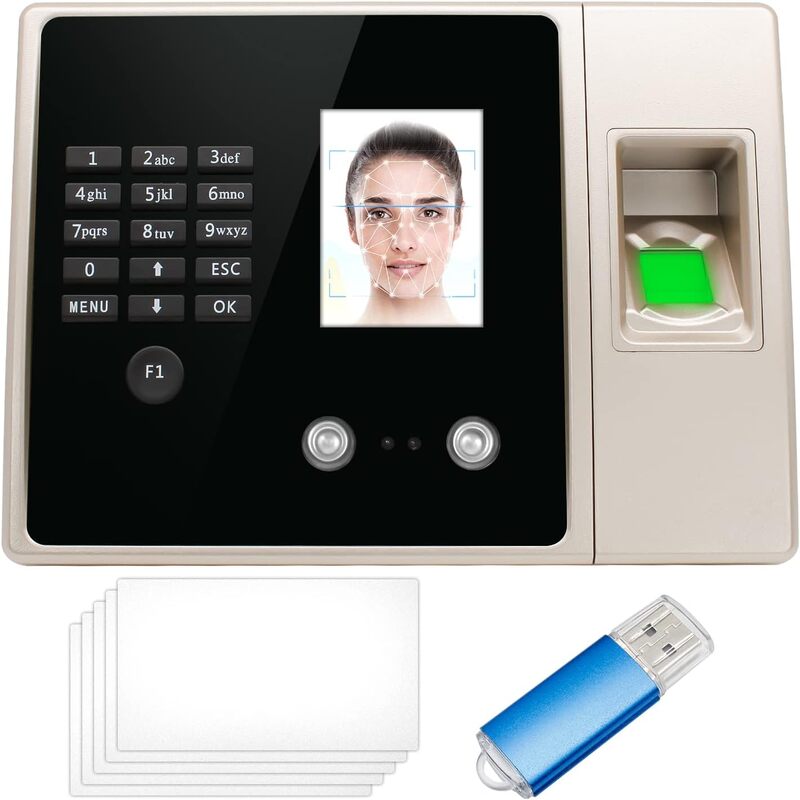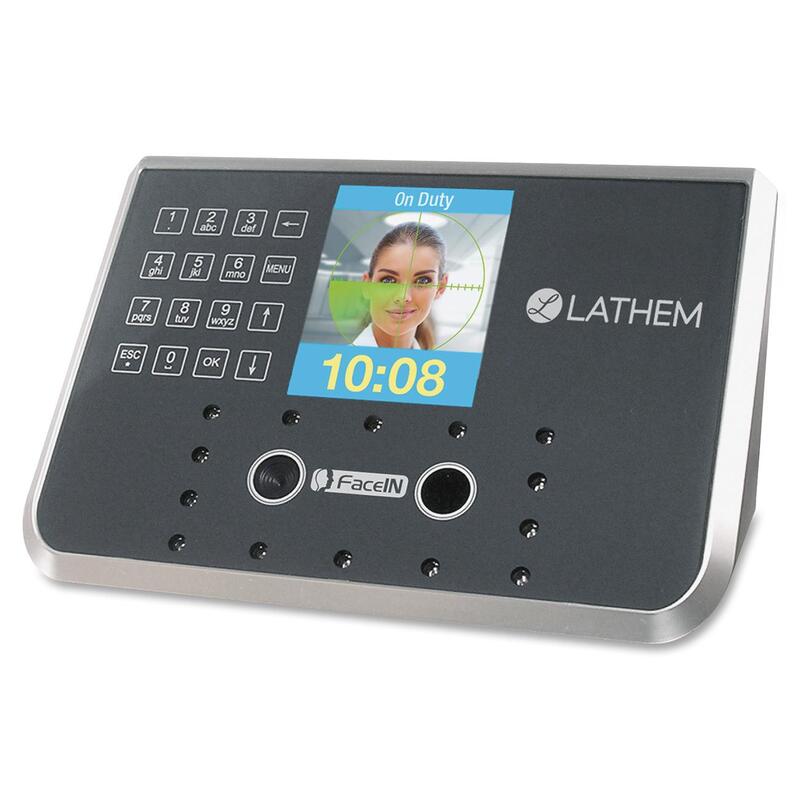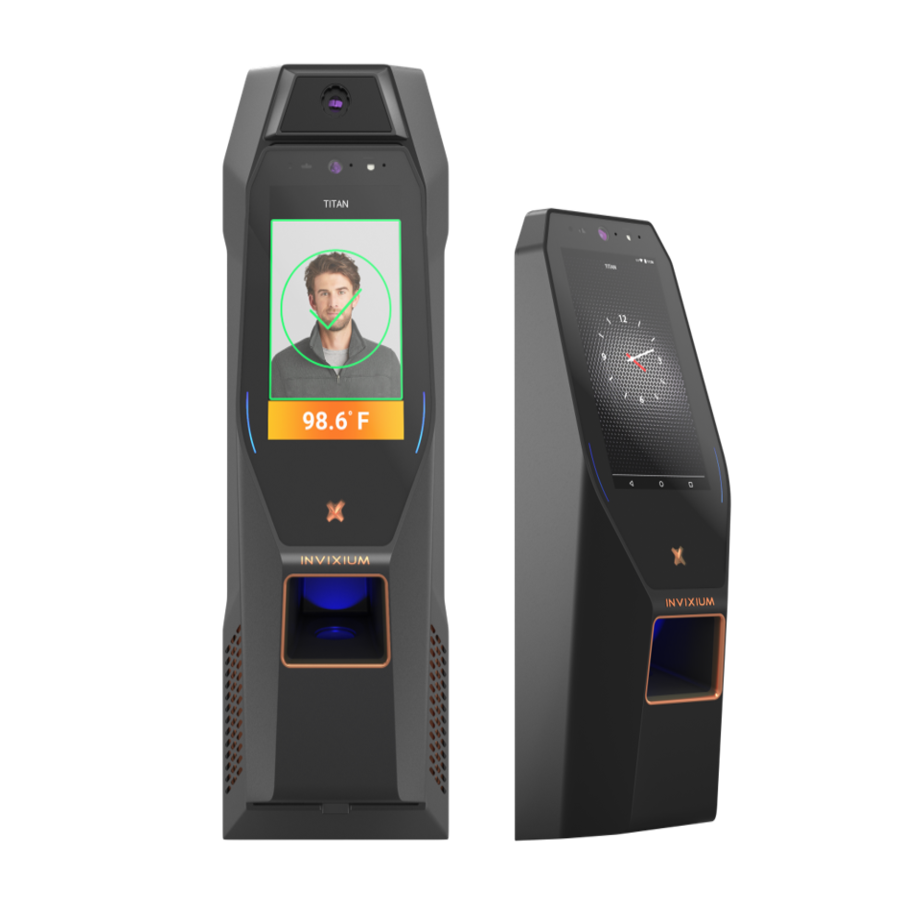Facial recognition technology has become increasingly prevalent in various sectors. As many industries adopt this technology, its implications are significant. Understanding both its advantages and disadvantages is crucial when evaluating its overall impact on society.
Pros of Facial Recognition Technology
Facial recognition technology has several advantages. One notable benefit is efficiency in security systems. Security personnel can identify individuals quickly. For instance, airports utilize facial recognition for expediting the boarding process. This technology allows for seamless traveler movement and improves overall operational efficiency. Consequently, airports can streamline procedures and reduce wait times for passengers.
Enhancing Public Safety
Facial recognition significantly enhances public safety. Law enforcement agencies use it to identify criminals swiftly. They can track down missing persons and manage threat assessments more efficiently. This capability can lead to more effective crime prevention strategies as well. By having access to this technology, police can respond to incidents more rapidly and effectively.
Furthermore, using facial recognition for identifying potential threats can minimize crime rates. In many cases, the mere presence of this technology acts as a deterrent. Thus, individuals may think twice before engaging in nefarious activities in locations employing it. This can foster a safer environment in high-traffic areas like malls and stadiums.
Streamlining Customer Experience
Another significant advantage of facial recognition technology is its ability to streamline customer experiences. Businesses can utilize it for personalized services, such as enhancing shopping experiences. For instance, retail stores can identify loyal customers upon entrance and provide tailored promotions. This level of personalization enhances customer satisfaction and encourages repeat business.
Moreover, financial institutions have integrated facial recognition for secure transactions. Customers can access accounts with just a glance. This additional layer of security can reduce fraud and improve user experience. The convenience and speed offered can lead to higher customer loyalty and retention, ultimately benefiting the business’s bottom line.

Cons of Facial Recognition Technology
While facial recognition has many advantages, it also presents significant drawbacks. Privacy concerns are at the forefront of criticism regarding this technology. Many individuals worry that constant surveillance can lead to an erosion of personal freedom. Such concerns are particularly pronounced in public spaces where individuals have little control over their image.
Invasion of Privacy
The invasion of privacy is a palpable threat associated with facial recognition technology. When used extensively, it leads to continuous monitoring of individuals. Consequently, many feel uncomfortable about being watched. This sense of unease can impact public behavior negatively.
Moreover, the collection of biometric data poses ethical dilemmas. The potential misuse of such information raises serious concerns. Who controls this data, and how is it safeguarded? These questions remain largely unanswered. Often, individuals are unaware that their facial data is being collected in the first place. This lack of transparency leads to feelings of distrust toward both technology providers and governing bodies.
Inaccuracies and Bias
Another significant concern regarding facial recognition technology is its potential for inaccuracies and biases. Studies indicate that some algorithms are more accurate for certain demographic groups than others. For instance, facial recognition often misidentifies people of color and women more frequently than white males. This bias can lead to wrongful accusations and unfair treatment.
Furthermore, inaccuracies can lead to dire consequences in real-world scenarios. For law enforcement, an erroneous identification can result in wrongful arrests and legal issues. Thus, the technology’s underlying algorithms must be scrutinized and improved. Achieving greater accuracy and fairness is imperative. Without these adjustments, the risks associated with its use may outweigh its benefits.
The Global Landscape of Facial Recognition
The adoption of facial recognition technology varies around the globe. Different countries experience distinct public sentiments on this technology. Some societies embrace this technology wholeheartedly. Others adopt a more cautious approach, often leading to legal restrictions.
Government Regulations
Governments need to create comprehensive regulations governing its use. Countries that embrace facial recognition often establish strict guidelines to ensure its ethical application. For instance, the European Union has issued directives focusing on privacy and data protection. Such measures aim to balance the advantages of facial recognition with the protection of civil liberties.
Moreover, these regulations often include transparency requirements. Service providers must disclose how they collect, use, and store data. In doing so, they can cultivate public trust. Additionally, independent oversight can help address potential abuses in the technology’s application. As facial recognition grows in sophistication, oversight becomes increasingly vital to protect citizens.
Global Trends
Globally, trends around facial recognition technology are evolving. In Asia, countries like China have adopted it extensively for surveillance purposes. The technology integrates with smart city initiatives, leading to comprehensive monitoring systems. However, such implementations raise significant ethical concerns regarding individual freedoms.
Contrastingly, nations like Canada and the Netherlands are imposing stricter regulations. These countries seek to limit surveillance and prioritize citizens’ rights. This divergence illustrates the need for an international dialogue on best practices in deploying facial recognition technology. Sharing experiences can guide policymakers toward fair and responsible use.

Ethical Considerations
Beyond legal frameworks, ethical considerations are crucial. The responsibility lies with technology developers and users to ensure facial recognition is applied ethically. It is imperative to foster a culture of accountability.
Transparency and Accountability
Transparency is foundational in fostering trust in facial recognition technology. Companies involved in its development and deployment must be open about their operations. Users should be informed when and how their data is collected and used.
Moreover, accountability mechanisms are essential for addressing misuse. Establishing clear consequences for negligent or malicious uses of facial recognition can deter such behavior. Therefore, creating an independent body to oversee practices can improve accountability. This entity can monitor compliance with ethical standards and regulations.
Empowering Individuals
Empowering individuals is another ethical consideration in facial recognition discussions. People should have control over their biometric data. Consent must be obtained before data collection occurs. Moreover, empowering individuals through education can cultivate informed decision-making.
Prioritizing individual rights enhances the ethical landscape surrounding facial recognition technology. Ultimately, fostering a sense of agency among users can make the technology more acceptable. By understanding their rights, individuals can also advocate for better practices.
The Future of Facial Recognition Technology
As technology evolves, the future of facial recognition remains uncertain yet exciting. Rapid advancements will inevitability change how this technology develops. Stakeholders must navigate the challenges and opportunities that lie ahead carefully.
Technological Innovations
Future innovations in facial recognition can enhance accuracy significantly. Researchers are continually developing algorithms to improve performance across demographic lines. As these technologies evolve, disparities in identification may gradually diminish. Higher accuracy levels will bolster trust in facial recognition applications across various sectors.
Additionally, emerging technologies such as artificial intelligence can refine facial recognition further. Machine learning can help algorithms adapt and improve continuously. Therefore, ongoing research and development will be indispensable.
Societal Acceptance
As facial recognition technology advances, societal acceptance will play a crucial role. Public attitudes toward surveillance and personal privacy must be considered. Industries utilizing this technology should engage in open dialogues with the community.
Increased awareness can help alleviate fears associated with facial recognition. Educating the public about its benefits can empower individuals to embrace this technology. A well-informed society can drive responsible use and foster accountability among those who deploy these systems.

Conclusion
Facial recognition technology presents a complex landscape of pros and cons. It undoubtedly offers significant advantages in efficiency and security. However, the drawbacks related to privacy and accuracy cannot be overlooked. Striking a balance between utilizing facial recognition’s potential and protecting individual rights is crucial moving forward.
By fostering transparency, accountability, and public dialogue, stakeholders can help navigate these challenges. The future of facial recognition technology relies on the collective effort of industries, governments, and individuals. Ultimately, embracing innovative solutions while ensuring ethical practices will lead to a more balanced approach. This balance can pave the way for a society that leverages technology while safeguarding its fundamental values.


